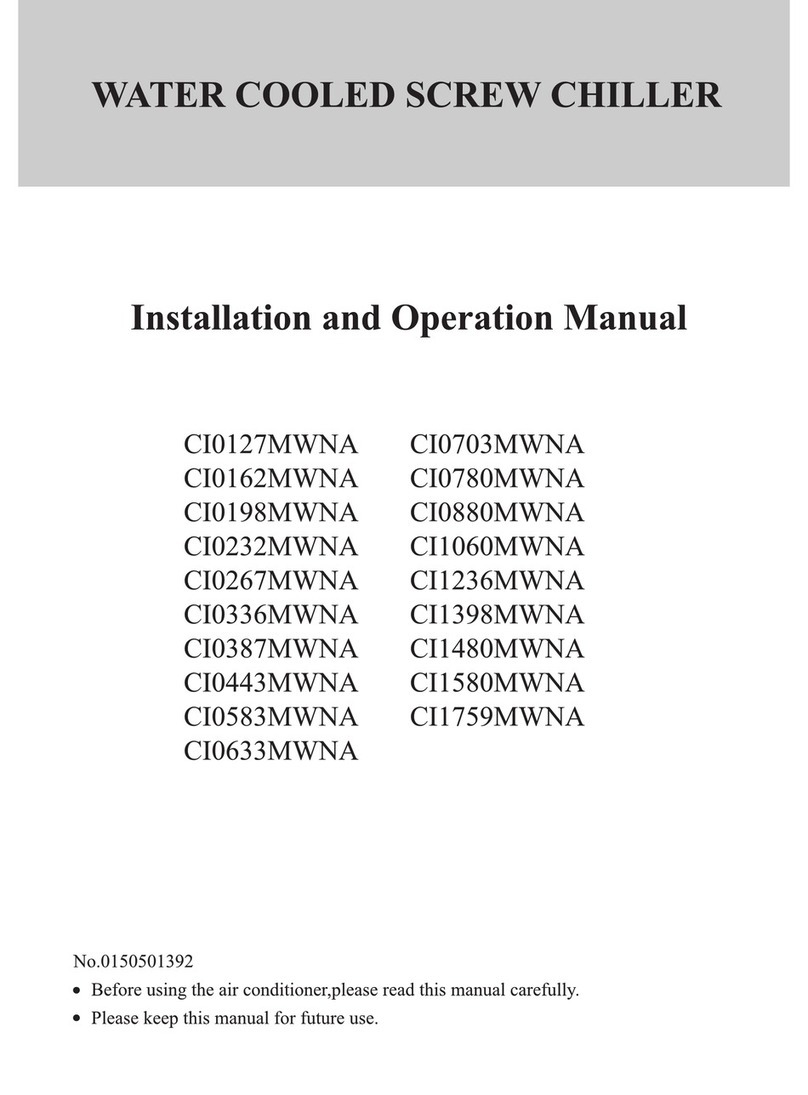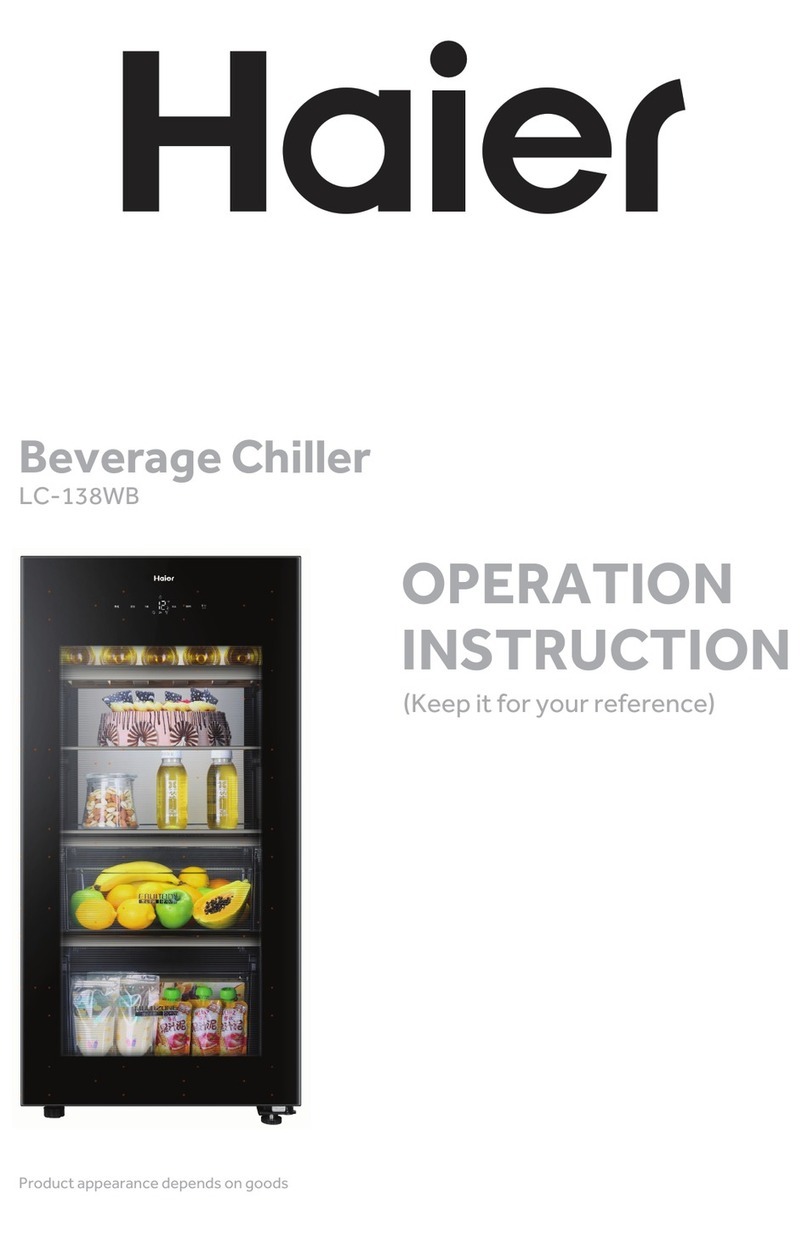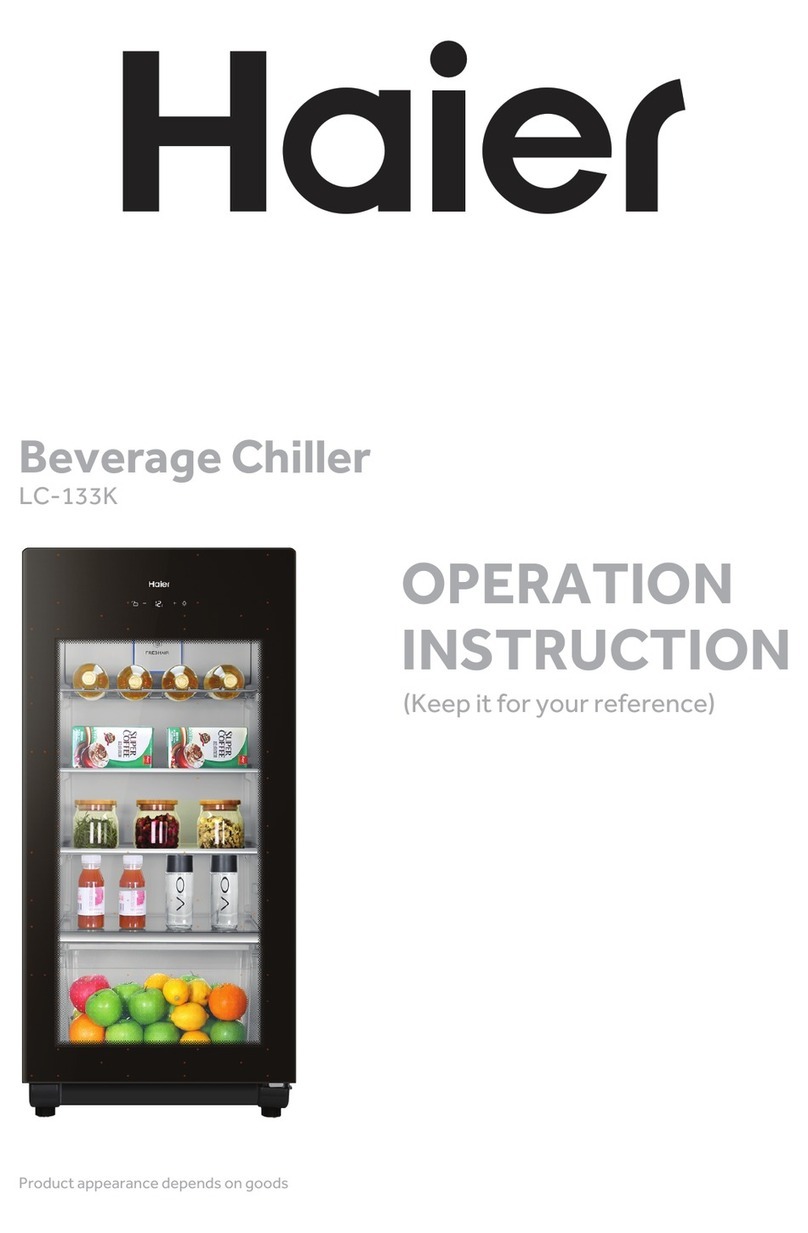
1
CONTENTS
1. Nomenclature ........................................................................................................................................................ 1
2. Feature .................................................................................................................................................................. 1
2.1 Product feature.................................................................................................................................................... 1
2.2 High Efciency..................................................................................................................................................... 2
2.3 Easy Installation .................................................................................................................................................. 2
2.4 Comfort................................................................................................................................................................ 4
2.5 High Reliability..................................................................................................................................................... 5
3. Specication .......................................................................................................................................................... 7
4. Dimension.............................................................................................................................................................. 9
5. Refrigerant system diagram ................................................................................................................................ 10
6. Installation ........................................................................................................................................................... 11
6.1 Symbol precautions........................................................................................................................................... 11
6.2 Installation ......................................................................................................................................................... 13
6.3 Water pipe connection....................................................................................................................................... 16
6.4 Electrical Connection Precautions..................................................................................................................... 21
6.5 Debugging and running ..................................................................................................................................... 26
6.6 Regular inspection of the project....................................................................................................................... 27
6.7 Maintenance...................................................................................................................................................... 28
7. Controller Operation Instruction........................................................................................................................... 29
8. Wiring diagram .................................................................................................................................................... 40
9. PCB photo and address code setting.................................................................................................................. 41
10. Fault code.......................................................................................................................................................... 42
11. Trouble shooting ................................................................................................................................................ 44
12. Unit operating range and service condition ....................................................................................................... 46
12.1 Unit operating range........................................................................................................................................ 46
12.2 Unit operating conditions................................................................................................................................. 46
13. Technical parameters ........................................................................................................................................ 47
14. Sensor charistic................................................................................................................................................. 48
15. Appendixi table for manual updated information ............................................................................................... 49



































